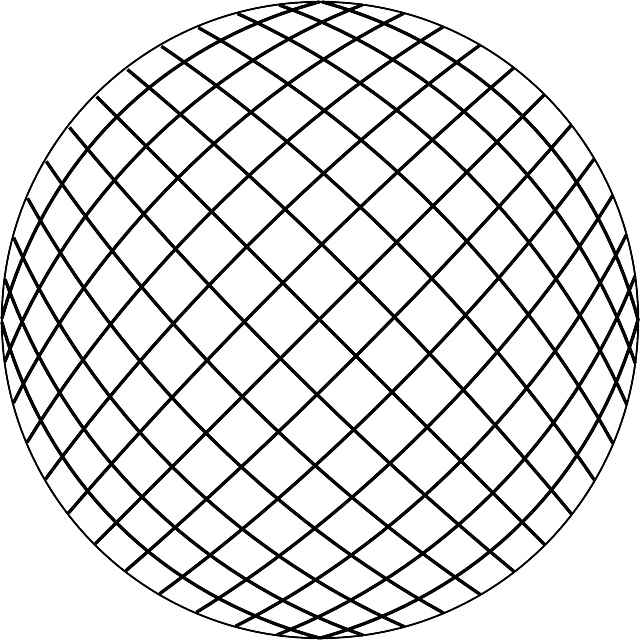Zinc plays a pivotal role in wound healing by supporting cell growth, immune function, and collagen synthesis, which are essential for repairing damaged tissues. Its antioxidant properties protect skin cells from oxidative stress and its anti-inflammatory effects help regulate cytokine levels, both of which promote a conducive environment for healing. Additionally, zinc acts as a cofactor for enzymes involved in tissue regeneration and epithelialization, further enhancing the body's natural wound repair mechanisms. Kratom, rich in vitamins and minerals including zinc, has been associated with potential benefits in wound healing due to its alkaloids—mitragynine and 7-hydroxymitragynine—which offer anti-inflammatory and analgesic properties that complement zinc's healing effects. The combination of kratom vitamins and minerals, particularly zinc, has shown promise in accelerating wound closure and minimizing scarring, especially in cases of chronic or acute wounds. This synergy between kratom and zinc could lead to innovative therapeutic approaches for dermatological care, offering a holistic solution that manages pain and boosts immune response for optimal wound management outcomes.
Zinc emerges as a pivotal element in the body’s natural wound healing process, transcending its status as a mere Kratom vitamin and mineral. This article delves into the multifaceted role zinc plays in expediting skin regeneration, offering insights through the latest scientific findings. We explore how zinc not only facilitates the wound repair mechanisms but also amplifies the therapeutic effects of Kratom’s alkaloids. Join us as we unravel the intricate relationship between zinc and wound healing, and how this synergy can be harnessed for effective treatment outcomes.
- Unveiling the Healing Power of Zinc in Wound Repair: The Role Beyond Kratom Vitamins and Minerals
- Zinc as a Catalyst for Wound Healing: Mechanisms and Scientific Evidence
- Integrating Zinc into Wound Care: A Synergistic Approach with Kratom's Alkaloids and Nutritional Benefits
Unveiling the Healing Power of Zinc in Wound Repair: The Role Beyond Kratom Vitamins and Minerals

Zinc, an indispensable trace mineral that is a key component of various enzymes and proteins, plays a pivotal role in the physiological process of wound healing. Its involvement extends beyond mere dietary supplementation, as it is integral to cellular proliferation, immune response modulation, and collagen synthesis—all critical for effective wound repair. The mineral’s antioxidant properties help protect against oxidative stress that can hinder the healing process. Zinc acts as a cofactor in the production of fibroblast growth factors and transforming growth factor beta, which are essential for tissue regeneration and epithelialization. These actions underscore zinc’s importance not only in the realm of Kratom vitamins and minerals but also as a fundamental element supporting wound repair mechanisms within the body.
In addition to its direct effects on wound healing, zinc’s role is further amplified when considering its interaction with other nutrients and its impact on immune function. Zinc deficiency has been associated with impaired immunity and prolonged inflammatory responses, which can complicate the healing process. By maintaining optimal zinc levels, the body can better manage wound repair, reduce infection risk, and expedite tissue renewal. Consequently, including a balanced intake of Kratom vitamins and minerals, with an emphasis on zinc, becomes a strategic approach to support wound healing naturally and effectively. This is particularly relevant in the context of chronic or acute wounds where immune responses are critical for resolution and recovery.
Zinc as a Catalyst for Wound Healing: Mechanisms and Scientific Evidence

Zinc plays a pivotal role in the body’s natural healing processes, particularly in wound repair. As an essential trace mineral, zinc is involved in numerous biological pathways that are crucial for cellular growth and differentiation, which are vital for wound closure. Scientific evidence supports its multifaceted role in wound healing, including its influence on collagen production and fibroblast activity. These cells are responsible for synthesizing collagen, a key component of the extracellular matrix that provides strength and flexibility to newly formed tissues. Zinc’s antioxidant properties also protect skin cells from oxidative stress, promoting an environment conducive to healing. Moreover, zinc acts as an anti-inflammatory agent by modulating cytokine production, which helps in reducing the inflammation that can impede the wound healing process.
The mechanisms behind zinc’s role in wound healing are complex and interwoven with the body’s immune response. It facilitates immune cell function and has been shown to enhance angiogenesis, the formation of new blood vessels necessary for delivering nutrients and oxygen to wounded tissues. Additionally, zinc’s role as a cofactor for various enzymes is essential in wound healing; it ensures optimal enzymatic activity that is critical for normal cellular function and tissue integrity. Kratom, a plant-based product often discussed in the context of vitamins and minerals due to its alkaloid profile, has been anecdotally linked to enhanced wound healing properties, although scientific research on this topic is still emerging. The potential synergy between kratom’s active compounds and zinc’s healing effects warrants further investigation. Understanding these interactions can contribute to the development of novel therapeutic approaches for promoting efficient wound closure and minimizing scar formation.
Integrating Zinc into Wound Care: A Synergistic Approach with Kratom's Alkaloids and Nutritional Benefits

Zinc plays a pivotal role in the healing process of wounds due to its integral part in cellular growth, immune function, and inflammatory response modulation. Its application in wound care is well-documented, with zinc-based topical treatments speeding up epithelialization and reducing the risk of infection. The integration of zinc into modern wound care protocols has been enhanced by the addition of kratom’s alkaloids, which exhibit anti-inflammatory and analgesic properties that can complement zinc’s healing capabilities. Kratom, a plant native to Southeast Asia, contains compounds such as mitragynine and 7-hydroxymitragynine, which may contribute to the overall efficacy of wound treatment. These alkaloids can help manage pain associated with wound care and promote an environment conducive to healing. Furthermore, kratom is not solely a source of these beneficial alkaloids but also rich in vitamins and minerals, including zinc itself. This synergy ensures that the body’s natural healing processes are supported from multiple angles, potentially leading to improved outcomes in wound management. The combination of zinc with kratom’s nutritional benefits could provide a comprehensive approach to wound care, offering pain relief, enhanced immune support, and optimized tissue repair. Clinical studies have indicated that such a combined treatment can be particularly effective for chronic or hard-to-heal wounds, suggesting a promising future for this integrative therapeutic strategy in the realm of dermatological care.
Zinc’s pivotal role in facilitating wound healing has been illuminated across this discourse, highlighting its significance beyond mere Kratom vitamins and minerals. The exploration of zinc’s mechanisms and scientific backing provides a compelling case for its integration into modern wound care practices, synergistically enhancing the therapeutic benefits of Kratom’s alkaloids and nutritional contributions. As we conclude, it is evident that zinc’s properties make it an indispensable element in promoting effective wound repair, underscoring the need for its careful consideration in treatment protocols. The evidence presented underscores the potential of zinc to revolutionize wound care strategies, offering a promising avenue for clinicians and researchers alike.






